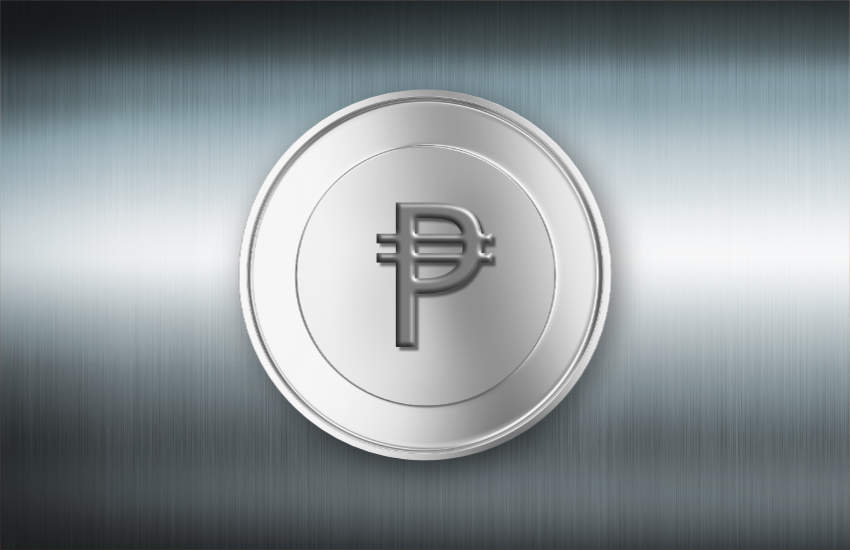The Governor of the Bangko Sentral ng Pilipinas (BSP), Eli Remolona Jr., told the press that the central bank could launch a wholesale central bank digital currency (wholesale CBDC) by next year or 2026. He expects one during his term in office, which runs until 2029.
In September last year, the central bank announced plans to trial the Hyperledger Fabric blockchain as part of its CBDC pilot, Project Agila. However, in an apparent change of heart, Governor Remolona recently said the solution wouldn’t use blockchain.
Previously, the central bank stated it would only pursue a wholesale CBDC rather than a consumer-focused one. “Other central banks have tried blockchain but it didn’t go well,” the Inquirer quoted him as saying during a conversation with multiple press outlets.
The Governor said the central bank would instead use the technology that underpins the Philippine Payment and Settlement System (PhilPaSSplus), the country’s real time gross settlement payment system. Another news outlet said the wholesale CBDC could be used outside PhilPaSSplus operating hours. That presumably means it will be a separate infrastructure.
DLT or not?
For retail CBDC, blockchain struggles with scalability. But institutional transactions tend to be lower volume, so it hasn’t been such a challenge for wholesale CBDC. However, of late central banks have started to talk about tokenization and smart contracts in a centralized manner that doesn’t necessarily use blockchain.
Part of that relates to one potential use case: tokenized deposits. In an ideal scenario, a consumer could make a payment to a client of a different bank using tokenized deposits. In parallel with the consumer money movement, the sending bank would also pay the recipient bank with a tokenized CBDC. If this model is adopted without any netting, then the demands on blockchain would be higher.
A few years back, the former head of the BIS Innovation Hub, Benoît Cœuré, noted that it is very likely that blockchain will be involved in a wholesale CBDC, because technology is a key differentiator between a CBDC and an institution’s central bank account.
However, current DLT securities settlement trials in Europe are exploring three different scenarios for settling DLT transactions. Only one of the three uses blockchain, and it’s the only solution involving a wholesale CBDC.
Meanwhile, the Philippines wants to use a CBDC for cross border payments. It’s one of 23 central bank observers on the mBridge cross border CBDC project. mBridge uses DLT.

